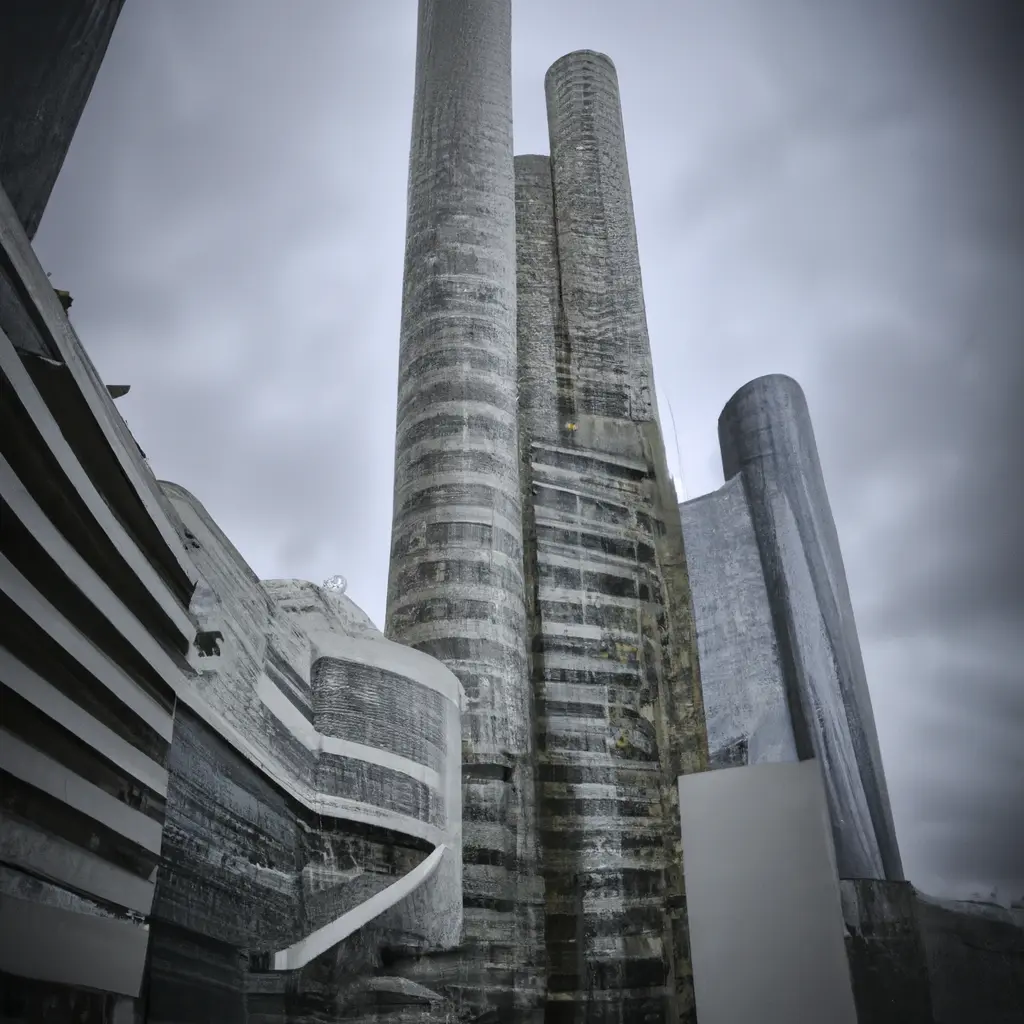Business real estate: enterprises struggling with new needs

Perhaps our productivity would improve if we worked in a cottage? There's no need to emigrate to Tyrol to try this out, as wooden offices are emerging in the Paris region. One of the leaders of this new trend is the developer WO2, which has already built or is in the process of constructing 350,000 square meters in the Île-de-France region. Its project, Marcade Belvedere, spans 31,000 square meters and is located in the northern part of the 18th arrondissement, offering a magnificent view of Sacré-Cœur. The building will consist of five levels made from cross-laminated timber, with a foundation made from pre-existing concrete, and 80% of its energy will be sourced from geothermal sources. Overall, the building's carbon footprint will be reduced by half compared to a new building made from traditional materials.
In Nanterre, they are also looking for future tenants. Here is the Arboretum campus, covering 125,000 square meters, made of wood, energy-efficient, and low in CO2 and water usage. And it has the pleasant scent of pine to boot. "Research shows that in wooden offices, pressure decreases, stress is reduced, and there is a positive effect on concentration," claims Guillaume Poitrinal, co-founder of WO2. "Engineering schools didn't teach about wood because they were used to concrete. But that is changing now." Guillaume Poitrinal himself has also changed. Previously, he viewed buildings in terms of performance and square meters per employee. Now, the former CEO of Unibail-Rodamco talks about green roofs and seasonal products in the cafeteria. His transformation reflects the revolutions in the sector driven by environmental demands—construction accounts for about a quarter of France's greenhouse gas emissions—as well as new needs. Building owners are questioning how to attract tenants, while tenants are focused on their employees.
“The more favorable the building, the greater the chances of quickly renting it out to companies that will stay for a long time. This is also an argument for attracting talent,” claims Frank Petel, chair of real estate and sustainable development at Essex, who observes among his students an “extraordinary sensitivity to comfortable and eco-friendly offices.” Users are even willing to pay more for such buildings - the “green” rent premium exceeds 20% in Europe - and their interests are not limited to just energy savings. Eric Siess, Deputy General Director of BNP Paribas Real Estate Transaction, notes the emergence of labels such as Osmoz, dedicated to workplace well-being, Biodivercity, for better consideration of nature, or ActiveScore, which values eco-friendly modes of transport. “To bring employees back to the office, you need good coffee and quality showers: young people arriving by bike pay attention to this,” says Zsolt Kohalmi, a real estate specialist at the Swiss bank Pictet. “The success of remote work is partly due to the fact that office buildings were ugly and built from polluting materials,” adds Guillaume Poutrinall.
“The existing real estate stock in Île-de-France is outdated. The rental market is suffering because the supply no longer meets the demand.” In the first nine months of 2023, 1.3 million square meters of office space were rented in the region, which is 12% less than the previous year, despite a recent recovery.




The stakes are so high that investors prefer to place their money in guaranteed income rather than take risks in the real estate market. "Companies are confused about the need for square meters due to changing work practices. They are perplexed! There are many conflicting opinions about telecommuting. Some large tech companies are bringing their employees back to the office, while many small and medium-sized enterprises seem to be successfully operating with just one day of presence per week," observes Blaise Erto, founder of La Place de l'immobilier. When benchmarks are mixed, everyone remembers the fundamental rule of real estate: location. For spaces over 5,000 square meters, "first and foremost, half of the demand is concentrated in the capital, which is a historically established situation," notes Éric Siess. This leads to a depletion of available supply. Within Paris, the vacancy rate does not exceed 4%. In the business district (QCA), that number drops to 2%. Rent is also rising: 1,000 euros per square meter for the best properties in the QCA area compared to 880 euros in 2019. The situation is completely different outside the Peripherique, where the vacancy rate is nearly 16% in the first ring and up to 18% in La Défense. "Models like Canary Wharf in London, Frankfurt, La Défense... are struggling in Europe," notes Zsolt Kohalmi. This reflects a kind of despondency among businesspeople who no longer want offices in high-rise buildings. According to Blaise Erto, "we will have to rethink the La Défense area, create a new attractive zone, otherwise the vacancy rate will only increase. But the situation is even more critical for less developed areas with municipalities that are not as wealthy as Saint-Ouen, where the vacancy rate reaches 40%." Even the most eco-friendly offices here will struggle to attract tenants.
Comment
Popular Posts
Popular Offers

Subscribe to the newsletter from Hatamatata.com!
Subscribe to the newsletter from Hatamatata.com!
I agree to the processing of personal data and confidentiality rules of Hatamatata










